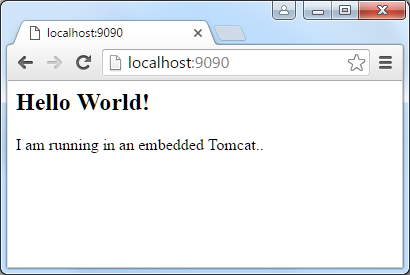
Tomcat is an open source web server software used by many companies and organizations around the world. It was developed by Apache Software Foundation.
Tomcat is one of the oldest web server technologies available today. It has been around since 1995 and is still actively maintained. Tomcat is often used as a development environment because it is easy to use and deploy applications using it. Tomcat is ideal for small projects where there is no need for high availability or scalability. JBoss is a proprietary enterprise application server based on the Java platform. It offers a wide range of features such as clustering, load balancing, security, management tools, and more. JBoss is designed to provide robustness and reliability while maintaining low cost and ease of deployment.
Tomcat is an open source web server developed by Apache Software Foundation. Tomcat was originally released in 1995 and is still being actively maintained. Tomcat provides a simple interface for developing and deploying web applications. Tomcat is ideal when you just need a quick and easy solution for running web applications. JBoss is an enterprise class application server developed by Red Hat Inc. JBoss is a proprietary product that is not open source. JBoss is designed for large scale deployments with high availability requirements. JBoss is also known for its ability to run multiple instances of the same application across multiple machines.
Tomcat is a Java Servlet container while JBoss is a Java Enterprise Edition (Java EE) Application Server. Both Tomcat and JBoss provide similar functionality. However, there are some key differences between Tomcat and Jboss.
Tomcat is an open source project developed by Apache Software Foundation. It was originally designed as a lightweight servlet container for use with Java Web applications. Tomcat provides a standard set of features such as support for HTTP/1.0, HTTP/1.1, cookies, sessions, authentication, security, and so on. Tomcat also supports multiple programming languages such as C, C++, Perl, PHP, Python, Ruby, and others.
JBoss is another open source software product developed by Red Hat. It is a full featured application server that runs on Linux operating system. JBoss has been widely adopted by enterprises because of its stability, scalability, and performance. JBoss offers a rich feature set including clustering, transaction management, load balancing, messaging, and more.
It seems a bit discouraging to use Tomcat when you read answers on this question. However, what most fail to mention is that you can get to identical or almost identical use cases with tomcat but that requires you to add the libraries needed (through Maven or whatever include system you use). I have been running tomcat with JPA, JMS using Apache MQ another features. Tomcat doesn't need full JEE support to work, it can be extended.